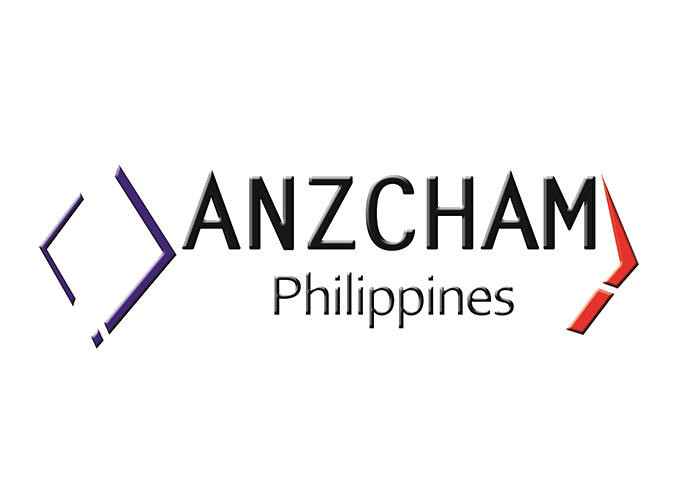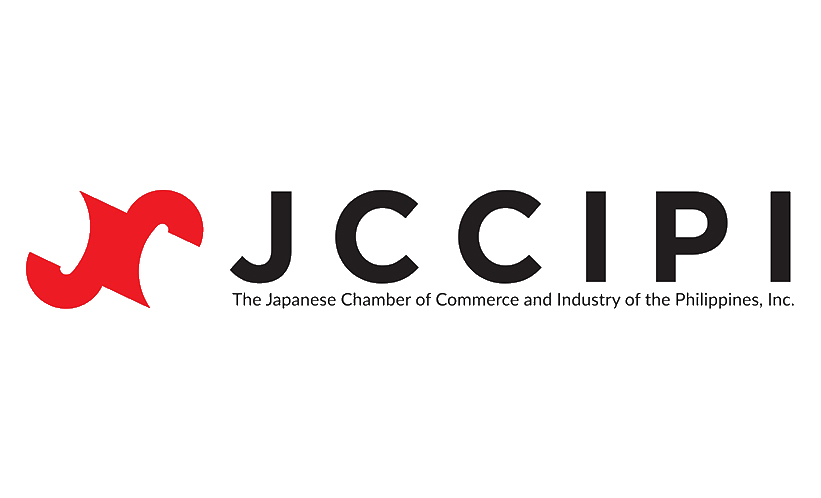Letter to the Editors of the Manila Bulletin
August 31, 2011 at 08:37
August 26, 2011
Beth Day Romulo
Executive Editor
Manila Bulletin
Manila Bulletin Building
Muralla Corner Recoletos,
Intramuros, Manila
Fil C. Sionil
Managing Editor
Manila Bulletin
Dear Mrs. Romulo and Mr. Sionil:
While the Philippines has the potential to be an ideal investment site, it has, unfortunately, been losing its competitiveness vis-à-vis its faster-growing neighbors in Asia. There are many things that are working well in the country, but it is inaccurate to state that it offers most investors advantages such as competitive labor costs and improved infrastructure (“Philippines an Ideal Investment Site” editorial, August 14, 2011).
Labor costs in the country are not competitive with regional competitors in important export sectors, e.g., garments and furniture. Out of the ASEAN-6, the Philippines ranks last in the pay and productivity category – Philippine minimum wage is the second highest in the region, after Singapore, and studies have shown that this economy has been unable to raise labor productivity for decades (see Figure 187: Labor productivity index and Figure 188: Pay and productivity rank in Arangkada Philippines: A Business Perspective at www.arangkadaphilippines.com). While the country has a young, fast-growing labor market, current education infrastructure needs to be reformed to provide the next generation with skills equivalent to their parents.
The Philippines is significantly underinvesting in infrastructure – its public sector infrastructure budget is consistently below 3% of GDP (the lowest among ASEAN-5) and social infrastructure spending for education and health is slightly over 4% of GDP. Underinvesting in infrastructure severely weakens economic competitiveness as seen in the results of the WEF Global Competitiveness Reports of 2008-2010 (see Figure 65). The Philippines’ global ranking in the quality of overall infrastructure category has dropped nineteen notches in three years from 94th to 113th out of the 134 to 139 countries surveyed. Meanwhile, Indonesia’s ranking improved from 96th to 90th in the same period; Singapore ranks 3rd in the world. The country’s poor record of success in unsolicited infrastructure projects – notably the still unopened NAIA IPT-3 Terminal – does little to improve the confidence of foreign investors in infrastructure.
Finally, some important long-standing economic policies in the Philippines are restrictive rather than liberal, as they apply to foreign direct investment (FDI). The only change in the Foreign Investment Negative List (FINL) since limited foreign investment in retail trade was allowed in 2000 was the opening of gambling casinos in PEZA zones to majority foreign equity in 2010. In addition to constitutional restrictions, there are dozens of other restrictions on foreign equity and foreign professionals as well as discriminatory taxes and fees, from which Filipinos but not foreigners are exempt. The government has not reviewed these restrictions for many years. As a result of these policies, the same WEF Competitiveness Reports show that the Philippines significantly lags behind the rest of the ASEAN-6 and ranks in the bottom third of all countries surveyed (98 out of 139) in having a regulatory regime favorable to foreign investment (see Figure 167).
Additionally, in the World Bank study Investing Across Borders 2010 (see Table 17), indicators show that out of the eleven industry groups in the Philippines, only three – Insurance; Construction, Tourism, and Retail; and Healthcare and Waste management – allow full foreign ownership. Among the ASEAN-6, the Philippines ranked as the most restrictive in the following industries: Mining, Oil, and Gas; Agriculture and Forestry; Transport; Telecommunications (tied with Malaysia); and Media (tied with Vietnam as the most protected in the region).
I am also uncertain as to where you obtained the 2011 FDI figure of P300 billion. According to a press release from the Bangko Sentral ng Pilipinas dated August 10, 2011, “cumulative net FDI inflows for the first five months of the year amounted to US$714 million” or roughly P30 billion. Meanwhile, according to recent data from UNCTAD, the ASEAN region as a whole received FDI amounting to US$76.7 billion in 2010. Of this, the Philippines received $1.7 billion; Thailand $5.8 billion; Vietnam $8.2 billion; Malaysia $9.1 billion; Indonesia $13.3 billion; and Singapore $38.6 billion. FDI cannot have risen by 189% as was stated in your editorial.
It would be more accurate to say that the Philippines can become a more competitive investment site if it moves twice as fast in investing more in infrastructure and several other key sectors, liberalizing its economic policies to level the playing field, and improving the general investment climate.
John Forbes
Senior Advisor
AmCham-Investment Climate Improvement Project
7th Floor Corinthian Plaza
Paseo de Roxas
Makati



























